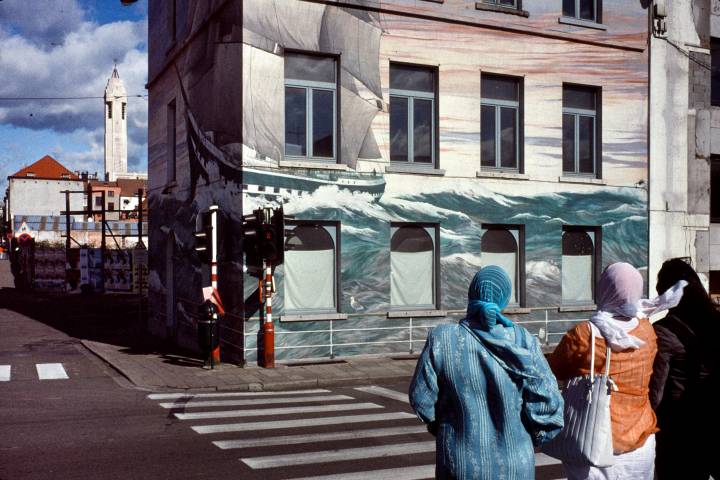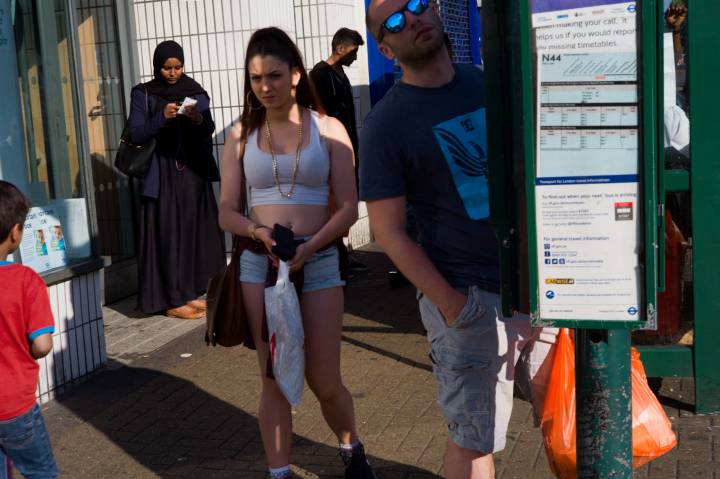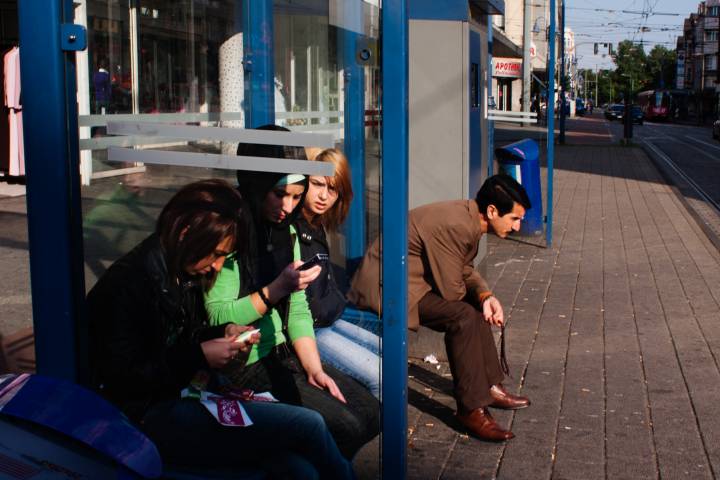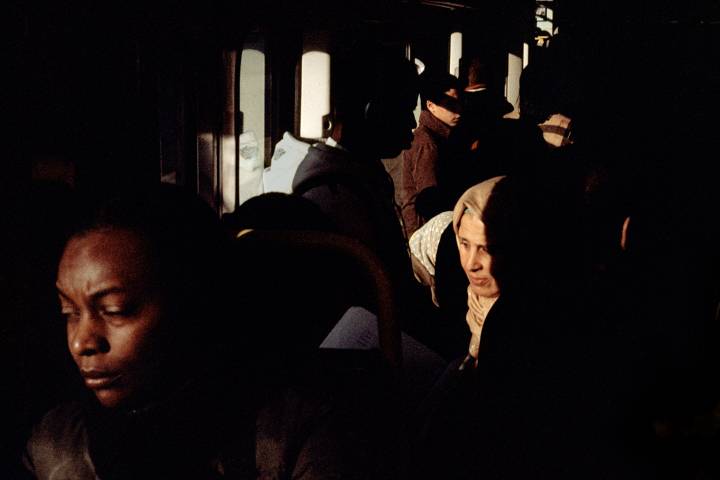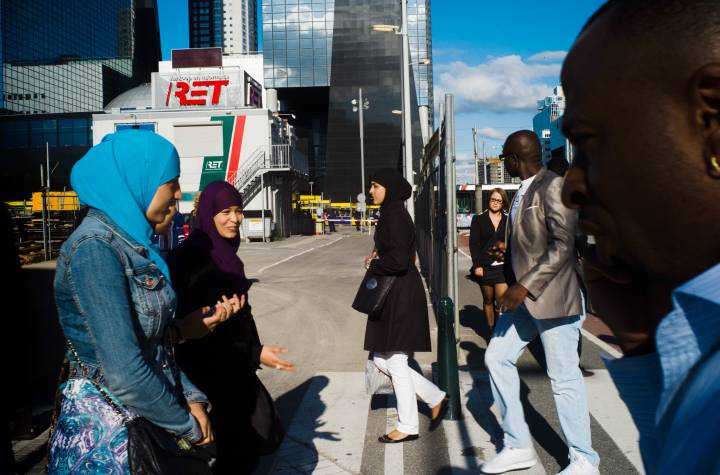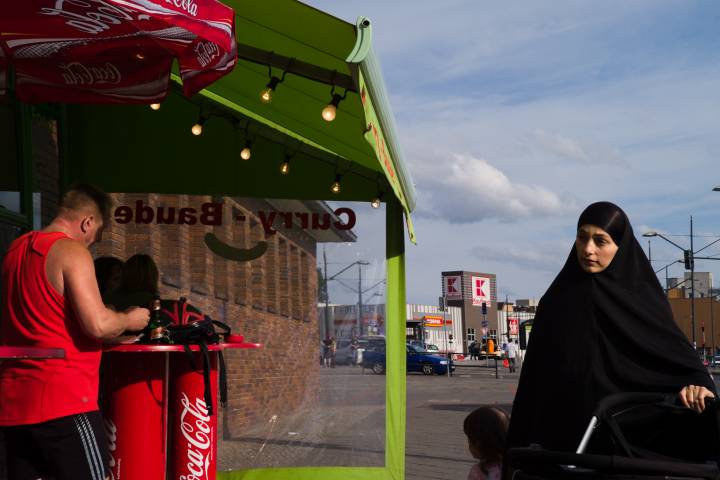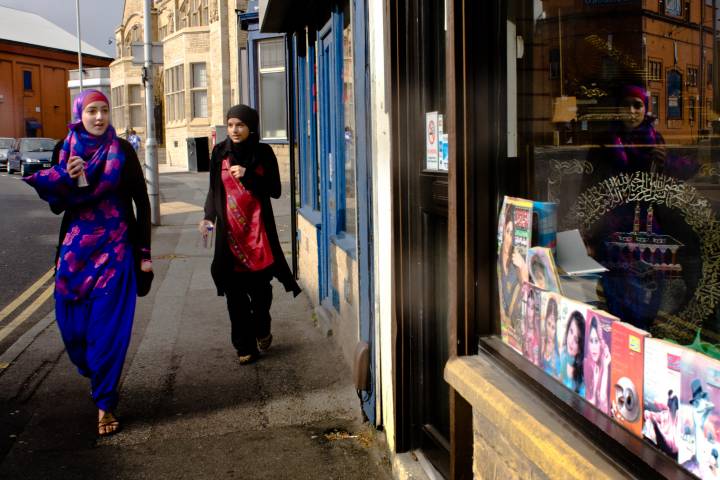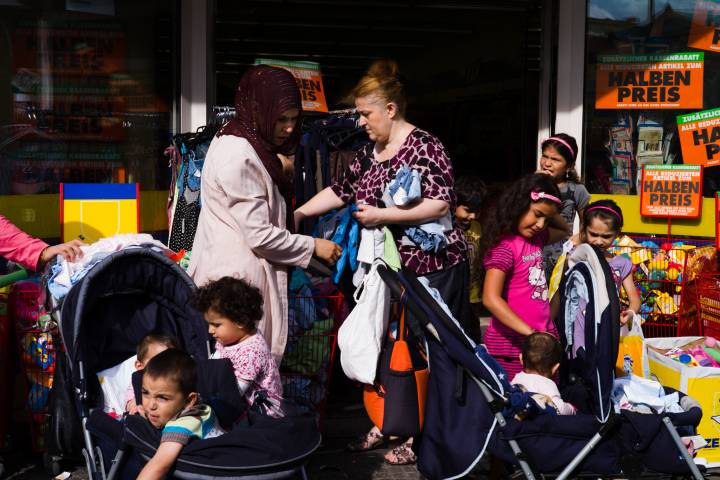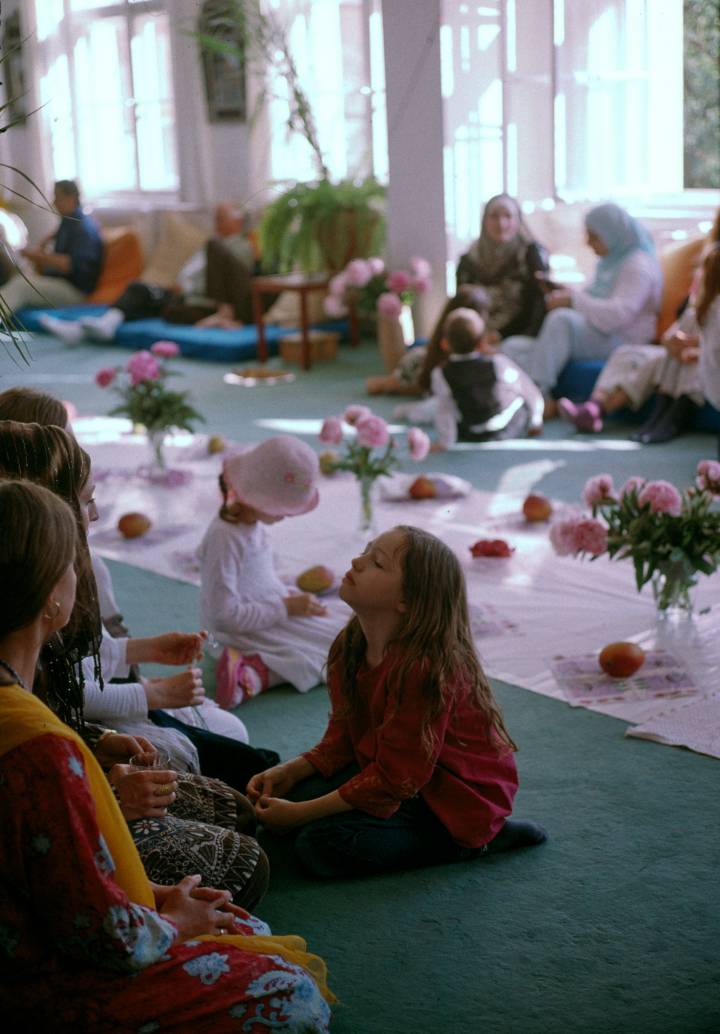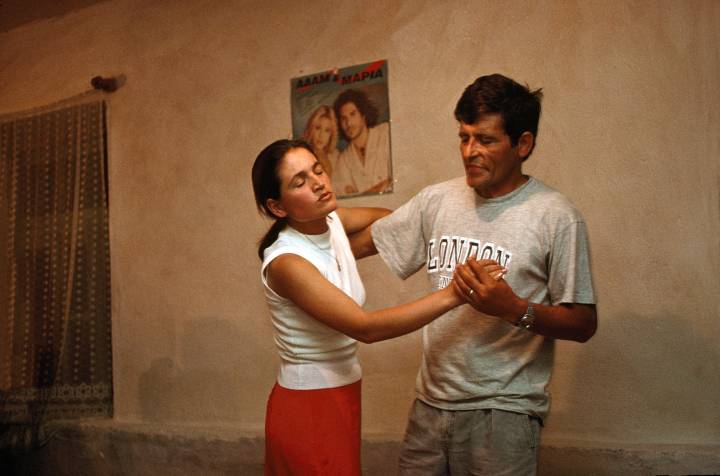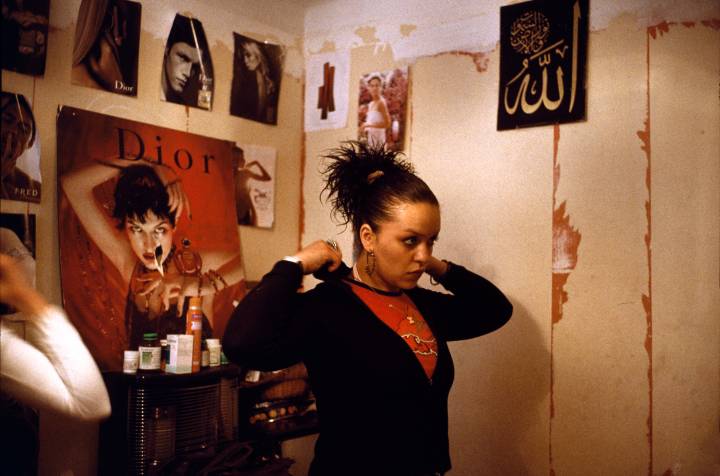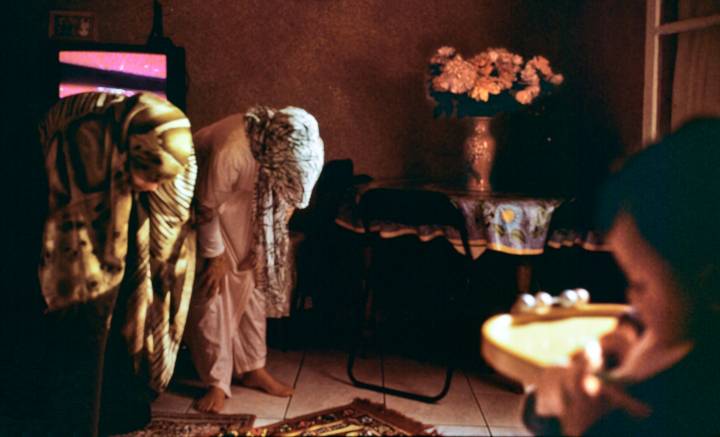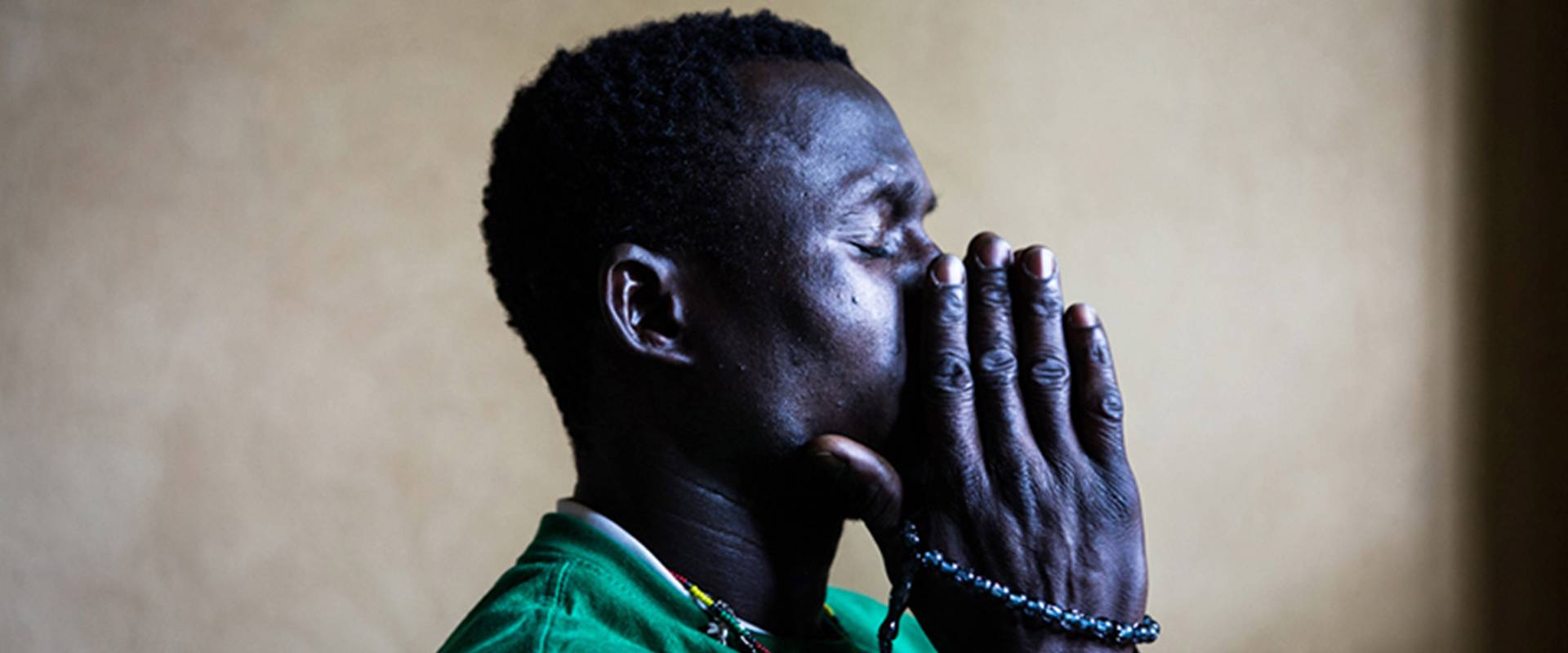Muslim pictures are overwhelming in many ways, and issues like: “the sense of belonging”, “identity”, the woman’s position within society, religion and refugees, are being explored in the 21st century like they have never been before.
Muslim women are too visible and, at the same time, invisible in Europe’s public places. The collection “Too Visible-Invisible” reveals many different ways of using the camera in order to draw attention to several European societies of the 20th and 21st century, such as Thrace (Greece), Scopje, Tetovo (Macedonia), Pristina, Prizren (Kosovo), Tirana, Rahova, Tomorr Mountain (Albania), Novi Pazar (Serbia), Shumen, Tergoviste (Bulgaria) and Istabul, Edirne, Chanakkale (Turkey), Marseilles, Paris (France), Brussels (Belgium), London, Bradford, Leeds, (UK), Amsterdam and Rotterdam (Holland), Duisburg and Berlin (Germany), Còrdoba, Almeria and Barcelona (Spain).
This collection shows women who dream, struggle, nurture their children, have fun, pray and follow their imams, take care of their dead, are educated, married, and, in general, preserve the traditional moral codes and social behaviours; such customs are not expected from immigrants of second and third generation in Europe.
When the issue of Islam and uniqueness comes up, these women stand out because of their headscarf and thus they become too visible. On the other hand, despite living in a big, crowded city, these figures remain invisible because their embodied identity ‘’forces’’ them to stay in the shadows: the passers-by get used to their presence and turn a blind eye to them, out of awkwardness, disdain, indifference or even fear of their unfamiliar appearance. Too Visible-Invisible is a search for understanding how Europe perceives and treats Muslim women. What has happened in the last decades in Europe allows the spectator to be exposed in a contradiction, both inner and personal between his or her perception of Europe and the representations of European realities, such as headscarves, Muslims, jihadists, Islamic schools, different eating habits, meaning what really exists which acquires substance, and lets you think of what is coming.
As for the Muslim women, they come into being, and become Visible through their simplicity, humanity and dignity.

